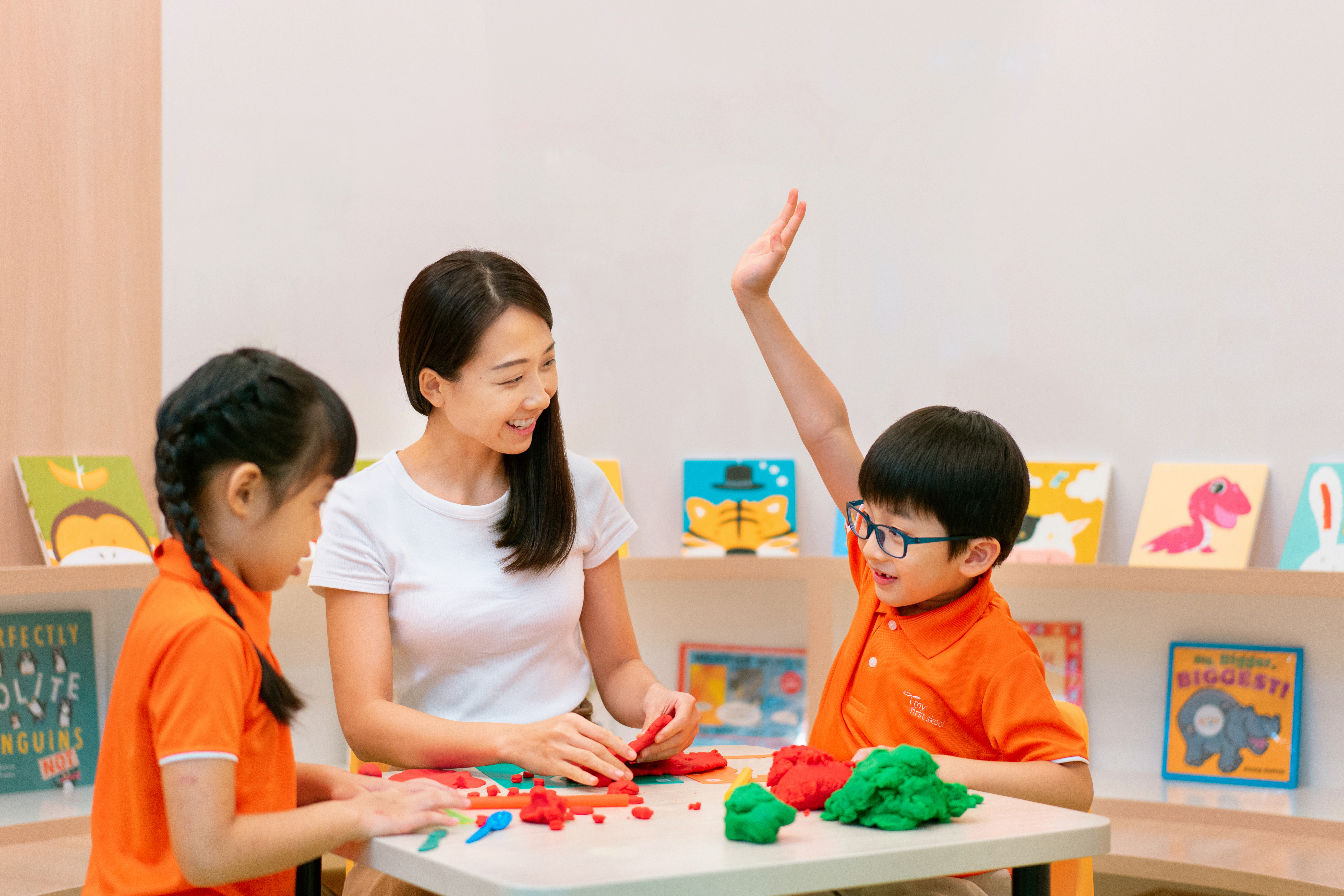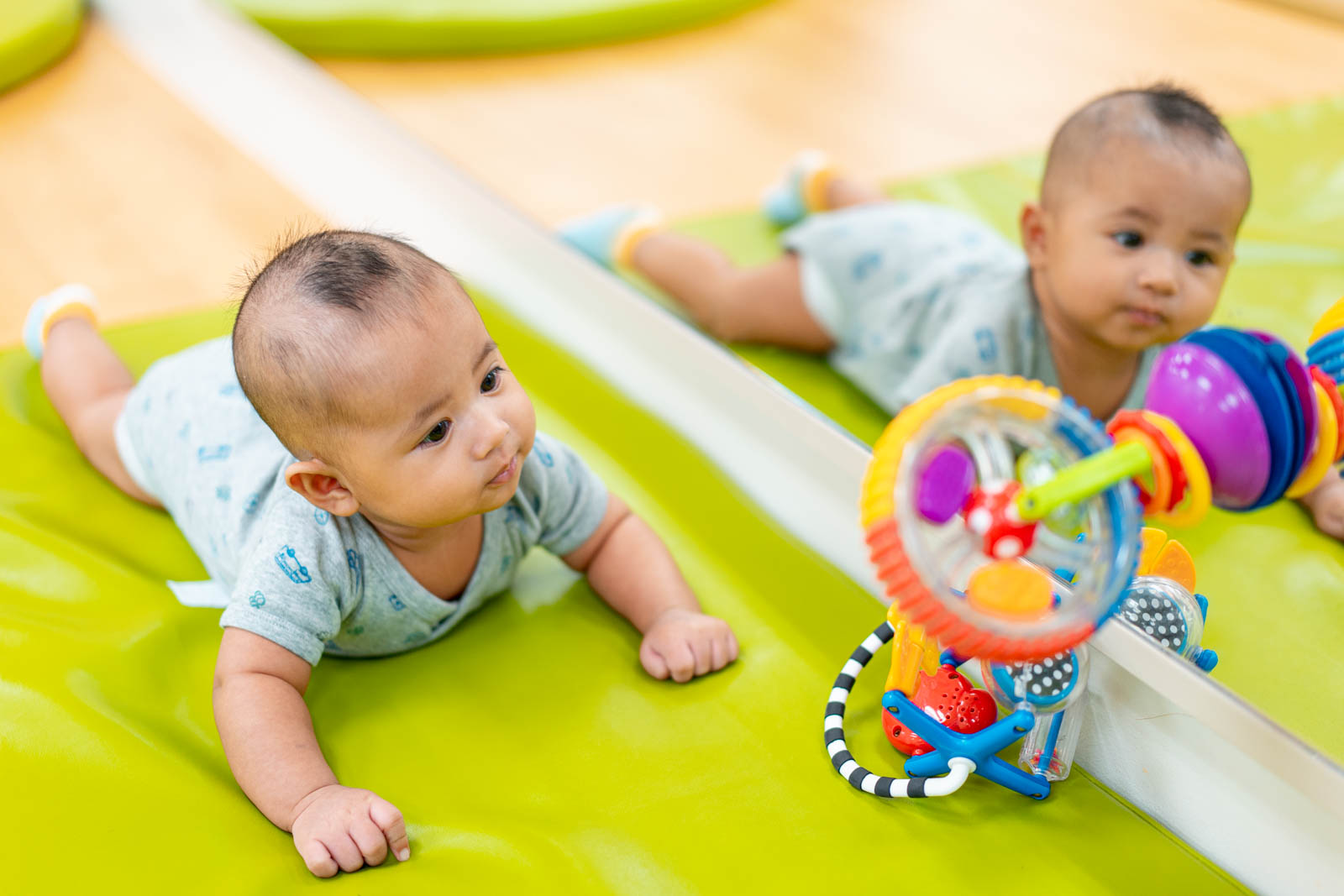PUBLISHED
July 14, 2020
新加坡华裔家庭幼儿英汉双语学习环境调查 (A Survey of English-Chinese Bilingual Learning Environment of Children from Chinese Families in Singapore)

Authors:
Cai Peimiao, Lin Meilian, Zhuo Huimin
Source:
Early Childhood Education (Educational Sciences); 2014, Issue 11, General No. 637, p53 – 56.
Type:
Journal Article
Subjects:
Bilingualism
Early Childhood Education
Education
Kindergarten
Language Development
Learning Environment
Parent-Child Communication
Pre-School
Keywords:
Bilingual Environment
Chinese Family
English-Chinese Bilingual
Singapore
Abstract:
The researchers randomly selected 199 6-year-old children and 128 3-4-year-old children from Chinese families and analyzed the children’s English and Chinese bilingual environment through the survey questionnaires administered to their parents. The results showed that parents with higher English proficiency levels tend to be more willing to communicate with their children in Chinese, but parents’ English proficiency levels were also negatively correlated with the frequency of children’s use of Chinese; children tend to converse with their peers in English; children are more exposed to English learning resources as compared to Chinese learning resources. The researchers recommended that Chinese parents establish and employ scientific bilingual learning methods, create a conducive bilingual learning environment in their families, invest in higher quality Chinese learning resources, and pay increased attention to the children’s learning of Chinese to improve their bilingual communication skills.

Research & Advocacy
Learn about the latest research we do that drives our curriculum






